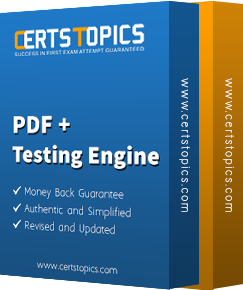Salesforce Related Exams
MuleSoft-Integration-Architect-I Exam







The Salesforce Certified MuleSoft Platform Integration Architect (Mule-Arch-202) includes essential areas such as:
Each topic tests your ability to architect and implement scalable, secure integration solutions using the Anypoint Platform.
The Key Difference Between Salesforce MuleSoft-Integration-Architect-I and MuleSoft-Platform-Architect-I Certifications:
An organization currently uses a multi-node Mule runtime deployment model within their datacenter, so each Mule runtime hosts several Mule applications. The organization is planning to transition to a deployment model based on Docker containers in a Kubernetes cluster. The organization has already created a standard Docker image containing a Mule runtime and all required dependencies (including a JVM), but excluding the Mule application itself.
What is an expected outcome of this transition to container-based Mule application deployments?
An integration team uses Anypoint Platform and follows MuleSoft's recommended approach to full lifecycle API development.
Which step should the team's API designer take before the API developers implement the AP! Specification?
A Mule application is being designed for deployment to a single CloudHub worker. The Mule application will have a flow that connects to a SaaS system to perform some operations each time the flow is invoked.
The SaaS system connector has operations that can be configured to request a short-lived token (fifteen minutes) that can be reused for subsequent connections within the fifteen minute time window. After the token expires, a new token must be requested and stored.
What is the most performant and idiomatic (used for its intended purpose) Anypoint Platform component or service to use to support persisting and reusing tokens in the Mule application to help speed up reconnecting the Mule application to the SaaS application?